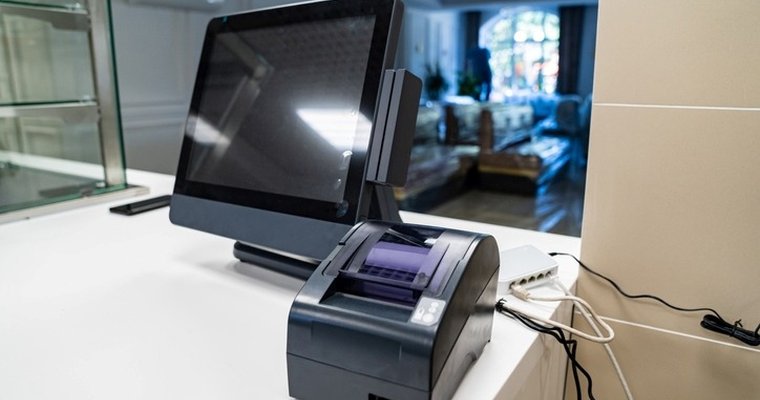Printers continue to be one of the most essential self-service devices for businesses and organizations. To make the best use of a printer, an organization must have a clear idea what purposes it will serve. An industry veteran offers concise guidelines.
 Image provided by iStock.
Image provided by iStock.
Printers have long been one of the most prominent categories of self-serve kiosks, given their extensive use in business operations.
They are an integral part of each retail stores’ point of sale system. In order to process payments, businesses need printers to print credit card slips, print customer receipts and send orders to other departments of the operation.
According to the 2022 Kiosk Marketplace Industry Census, printers were the fourth most frequently operated kiosk among kiosk user organizations, behind restaurant order-and-pay kiosks, bill payment kiosks and temperature/health screening kiosks.
There are three main types of POS printers: impact, thermal and ink jet. To determine which will be best for your business, ask yourself the following questions:
1. What are your business needs?
Your business needs should be the most important consideration when choosing a POS printer. Consider each of the following POS printer types depending on your need for quality, speed, color and graphics.
Impact printers use tiny pins and an ink ribbon to produce a series of dots that form the letters on each receipt. They usually print in black and red and can print graphics. Impact printers are ideal for kitchen environments, as the efficiency of thermal printers can be affected by kitchen temperatures.
Thermal printers print quickly and in high quality and function more quietly than impact printers. They print by direct contact between the thermal head and thermal paper, using heat — they don’t require ink or toner.
Ink jet printers use print heads that shoot tiny droplets of liquid ink onto the receipt to print high quality, color logos or coupons. Most restaurants and retail stores, especially small to medium-sized businesses, do not require this.
Narrowing your search by selecting a printer type is only half the battle — the other half is choosing a specific model. Here are some qualities to look for in a POS printer model:
- Compact design to save counter space.
- Rugged design for heavy use.
- Easy integration and installation.
- Ability to reduce cable clutter.
- Cables included.
- An auto cutter to avoid paper jams.
- Quick printing speeds — 200 or more millimeters per second.
To determine which features you need, consider the pace of your restaurant or retail store environment, the space you have available on your counter, the amount of time you have allotted for implementation and training, and how heavily you plan to use your new printer.
2. What is your budget?
The three printer types each fall in a different price range. However, it is important to make your decision based on your business needs rather than your budget. For example, if your business requires high quality color printing, then it is necessary to find a printer that can fulfill that need, regardless of price. If you have very basic printing needs, then a more cost-effective solution makes sense.
Impact printers, which usually range from $100 to $400, will be the least expensive of your printer options. They involve minimal operating costs, such as occasionally replacing paper and ribbons. They are also the slowest type of printer, so if you are in a quick service operation or require long receipts, this may not be your best choice.
Thermal printers typically cost a little more than impact printers, with costs ranging from $300 to $500. However, they print much faster and in higher quality than an impact printer. Because they do not require ink or toner, businesses can make up for thermal printers’ higher initial cost over time.
Consider an ink jet printer if and only if your business requires high quality, color graphics on your receipts, such as logos or coupons printed on your receipts, and keep in mind that the cost of replacing ink cartridges is high.
3. Is it compatible with your POS system?
It is necessary for your receipt printer to be compatible with your POS system. If you aren’t sure, double check with your supplier to confirm whether or not it is compatible. If possible, purchase the same brand of terminal and printer, as many manufacturers design printers to work best with their own terminals. Your receipt printer should be able to be easily connected to your POS terminal with minimal cable clutter.

